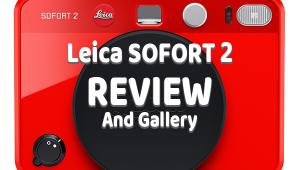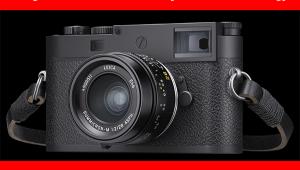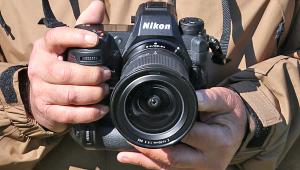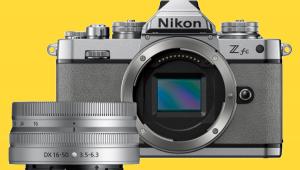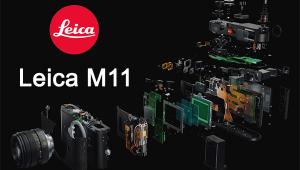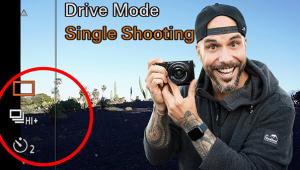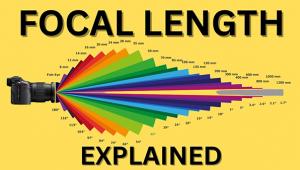The Leica M9; A “Full-Frame” Digital Leica M Page 2
Another upgrade on the M9 is a 1⁄4000 sec top shutter speed, allowing you to shoot at wider apertures in bright light. The native speed of the CCD for maximum image quality is ISO 160, the lowest ISO setting is Pull 80, and the settings proceed in 1⁄3-stop increments up to the top ISO of 2500. Like its predecessors, the M9 uses a silicon photodiode in the base of the camera to take center-weighted exposure readings off the light-colored blades of the first shutter curtain, and it’s also used for the M-TTL flash system that uses a distance-measuring pre-flash.
The M9 feels utterly solid, superbly balanced, and supremely comfortable—I hardly noticed that the body is slightly thicker. Built upon a cast magnesium chassis with bottom and top plates machined out of solid billets of brass, this rugged camera is no lightweight, but it’s lighter than most D-SLRs, and qualifies as the smallest full-frame digital camera in production.
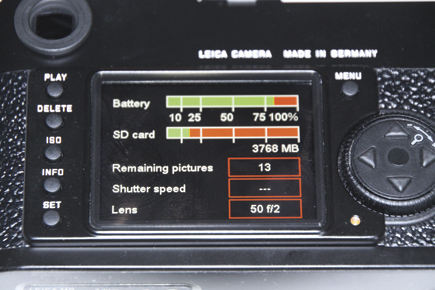 |
|
|
The defining feature of the M9 is its splendid range/viewfinder with projected parallax-compensating field frames. The finder is brilliantly clear and free from distortion and the frame lines remain visible in extremely low light. The correct frame lines come into view as you mount the lens, and they’re displayed in pairs—35mm and 135mm, 50mm and 75mm, and 28mm and 90mm. Advantages: The ability to see the area outside the frame can be crucial when shooting moving subjects or anticipating action, and you can preview the effect of fitting another lens by pushing or pulling on the preview lever.
The coupled rangefinder in the M9 is unsurpassed for brightness and contrast, and it’s so precisely aligned that it can be used as a coincident (superimposed image) rangefinder or as a split-image rangefinder, thereby enhancing its inherent accuracy. Because of its slightly thicker body, the magnification of the M9’s range/viewfinder is slightly lower than that of a standard Leica MP or M7 (0.68x vs. 0.75x). Nevertheless, after taking over 300 shots with the 50mm f/0.95 Noctilux wide-open, at distances in the 3- to 5-foot range, I can report that the camera’s focusing accuracy is superb—virtually all my images were critically sharp at the point of focus.
The bottom line is, of course, image quality, and here the M9 acquitted itself magnificently, capturing images with outstanding detail, excellent tonal gradation, and subtle color rendition on a par with the latest professional D-SLRs.
 |
|
|
The M9’s 21⁄2” LCD is OK, but it’s not up to the high standard of the camera. It’s adjustable for brightness and contrast, and you can display histograms of image sections or of the full image, complete with clipping warnings. However, its modest size and 230,000-dot resolution are limiting factors. Another limitation is the M9’s modest burst rate of 2 fps (frames per second) for a maximum of 8-10 images. Considering the size of the image files and the otherwise commendable performance of the image-processing system, this is not bad, but clearly the camera is not ideal for covering, say, high-speed sports action.
Incidentally, if you want to shoot many frames in rapid succession, get a high-speed SDHC card of a brand approved by Leica. The only shooting problem I encountered with the M9 was the result of installing a cheapo 8GB card that caused the camera to temporarily hang up. It’s also a good idea to spring for a back-up lithium-ion battery—the official spec says it’s good for 350 shots with 4-second viewing per image.
Overall, the Leica M9 is amazingly successful in integrating the best aspects of the legendary Leica M with high-end digital capture. At $7000, body only, this is definitely not a camera for the faint of wallet, but it’s really in a class by itself. For Leica M fans it’s clearly well worth the investment, and that’s why the M9 is destined to be the first brightly shining star in the digital Leica M pantheon.
For more information, visit Leica Camera Inc. at: http://us.leica-camera.com.
- Log in or register to post comments




